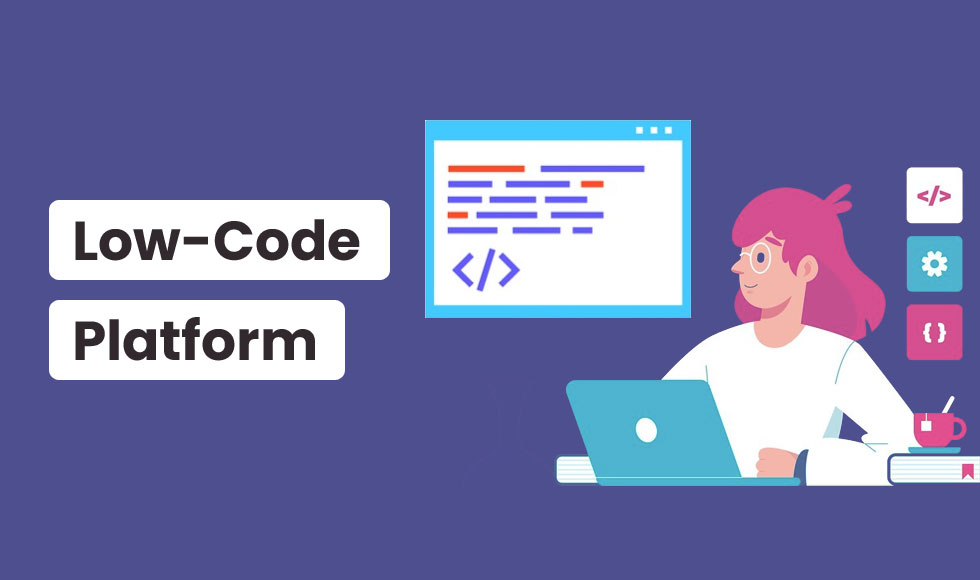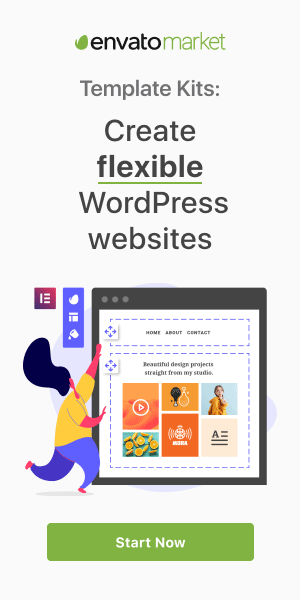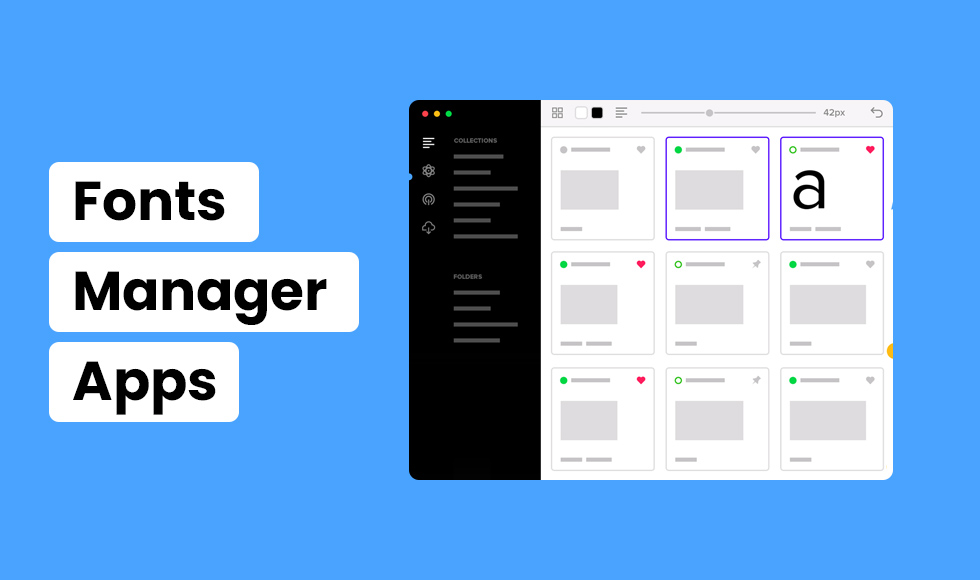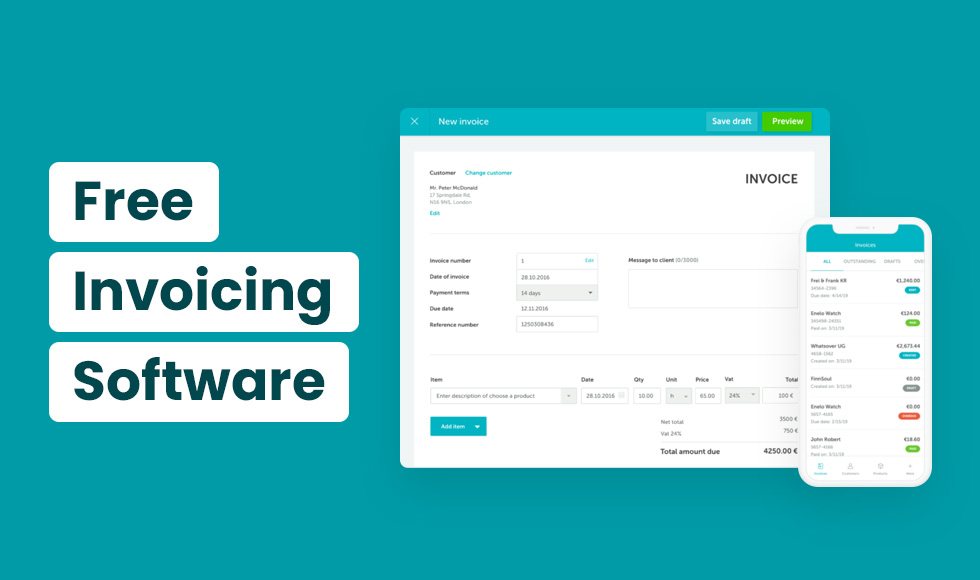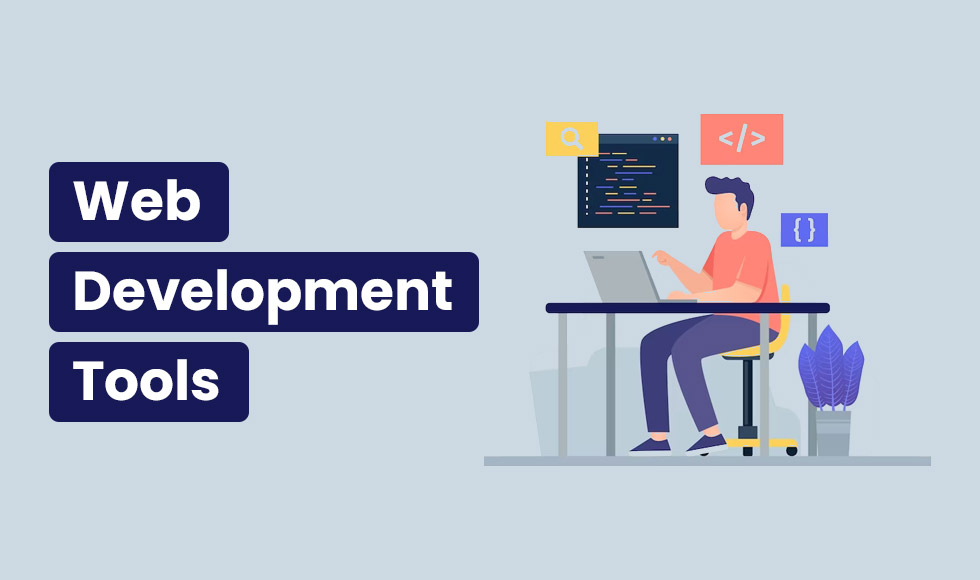Every organization needs to spend a lot of time, resources, and money on the development of any software or application. They need employees who have well-versed knowledge in coding and development. Also, the time taken to develop an application with full code is very high and so the amount spent on this project also goes high. So, many organizations are now focusing on low-code platforms, which will reduce the time and money spent on the development process.
This article elaborates on what a low-code platform is, the features and benefits of low-code platforms, and low-code platform tips and tricks.
What is a low-code platform?
A low-code platform allows the user to create custom applications without extensive coding knowledge. It provides a graphical interface where users can easily create applications with drag-and-drop options. Using this low-code software, the user can create either fully operational applications which are no-code platforms, or may require a few coding which are low-code platforms. Since all businesses are looking for automation and aiming to provide a digital workplace, the need for applications is increasing rapidly. So, the low-code platform comes as the solution, where there is no need for any coding knowledge, research, and testing.
Features of low-code platform
Low-code platforms have several features like custom app builder which can make the application development process faster. No-code platforms such as Jotform Apps can also help you build a custom app in minutes.
Visual tools
Visual tools are easy to understand for anyone who does not have coding knowledge. These tools include various inbuilt modules, templates, forms, and buttons. Anyone can develop an application with these tools. This approach takes less time than the traditional coding method.
Enhanced functionality
As this platform provides several pre-defined templates and modules, developing any application from scratch also becomes easy and time-saving. Thus, it enhances the functionality of the application.
Drag-and-drop interface
Low-code platforms have many drop-and-drop interfaces, which is a crucial and most valuable feature. This interface allows both developers and end-users to create or modify the application as per the requirements. With this feature, updating the developed application as there are changes in requirements also becomes easy throughout the project’s lifecycle.
Workflow automation
As this platform provides automation for repetitive tasks and procedures, the workflow is well defined, and so the resources can be employed in various other tasks.
Security
This low-code platform makes the application safe with proper protection frameworks like user login prioritize access, double authentication, and so on. Since security is the major issue, this platform enables the application with proper security.
Scalability
Software with a low-code platform should be able to create more applications if there is an increase in the requirement. This can adopt the changes in the requirements without the need for any major developmental process.
Benefits of low code platform
This low-code platform provides a visual representation of the development of automation software, applications, or tools such as; project management tools, productivity software, customer service management software, team management software, and so on. It offers several benefits such as:
Fast development
With a low-code platform, the developers can develop the application or software very fast with more accuracy by using pre-built components that will be user-friendly. This will increase customer satisfaction.
Cost savings
As this platform requires only a few manual codes, the time and resources can be reduced on the development side. With the minimum resources, application development can be achieved and thus development costs are being reduced.
Better collaboration
As the product is based on the customer or stakeholders’ needs, this low-code platform allows them to actively collaborate in the software development process. This will increase the innovation and customer satisfaction.
Easy maintenance and updates
It provides graphical interfaces; the user can easily maintain and modify the updates from the client side. If there are any changes in the user requirements in the middle of the project, employees can easily modify the changes with a drag-and-drop interface.
Enhanced productivity
These low-code platforms provide various pre-built templates that enable fast application development, so more applications can be developed quickly. This property will enhance the productivity of the organization.
Not only limited to these benefits, low-code platforms offer several more benefits that enhance the efficiency of the software development process.
Low-code platform tips and tricks
To enhance the potential of the low-code platform and achieve the target efficiently, here are some tips and tricks that can be followed:
Make a clear understanding of the requirements
Before starting with the low-code platform, it is very important to understand the requirements clearly. Only when the need is clear can one choose an appropriate low-code platform.
Choose the most relevant low-code platform
It is essential to choose the most relevant low-code platform by considering factors such as simplicity, scalability, flexibility, and Integrations with other applications. Once the low-code platform is chosen, it should be long-lasting with simple updates and modifications.
Make use of pre-built templates
These low-code platforms have a lot of pre-built templates, modules, forms, and many components. To develop the application efficiently and quickly, make use of these pre-built components which will reduce the development time and give a more efficient outcome.
Make it simple
Ensure the application that is developed in the low-code platform looks simple and user-friendly. Only the simplest and most user-friendly applications will reach the market requirements.
Implement all the safety measures
Even though low-code platforms allow users to develop the application quickly, security is also a major issue for any organization. Organizations must prioritize following all the security standards to protect sensitive data.
Automate repetitive tasks
Low-code platforms can handle repetitive tasks like requirement gathering, data entry, analysis, and report generation. Organizations can identify such tasks and assign them to automation tools, which can reduce human errors and improve efficiency.
Consider the scalability of the platform
Before starting with the low-code platform, understand its scalability and predict the future requirements based on the company’s growth. The low-code platform should be chosen based on the adaptability of the company’s growth.
Provide proper training for the team
Even though it is easy to work with low-code platforms, proper training should be provided for the team to work with it. It ensures that each team member will follow the same procedure and coordinate with each other to achieve the target.
Test the application
Low-code platforms offer quick and easy ways to develop the application. But it is essential to test the application by using various testing tools with options like visual testing and cross-browser testing, to ensure that it satisfies all the requirements. If not modify the application until the desired outcome is achieved.
Utilize community resources
Many low-code platforms have their communities where all the users can share their experiences, doubts, current updates, and tips to follow. Utilize these community resources effectively to get updated.
By following these tips and tricks, these low-code platforms can be utilized effectively.
Conclusion
In the future, low-code platforms will be widespread in the software development field. Since these platforms offer a wide range of benefits all businesses will likely choose the low-code platform for their automation purposes. Even though it offers several benefits, at some point some standards and protocols should be followed to achieve the target along with safety. Consider all the priorities that should be given before starting with a low-code platform and choose the appropriate platform to achieve success.

